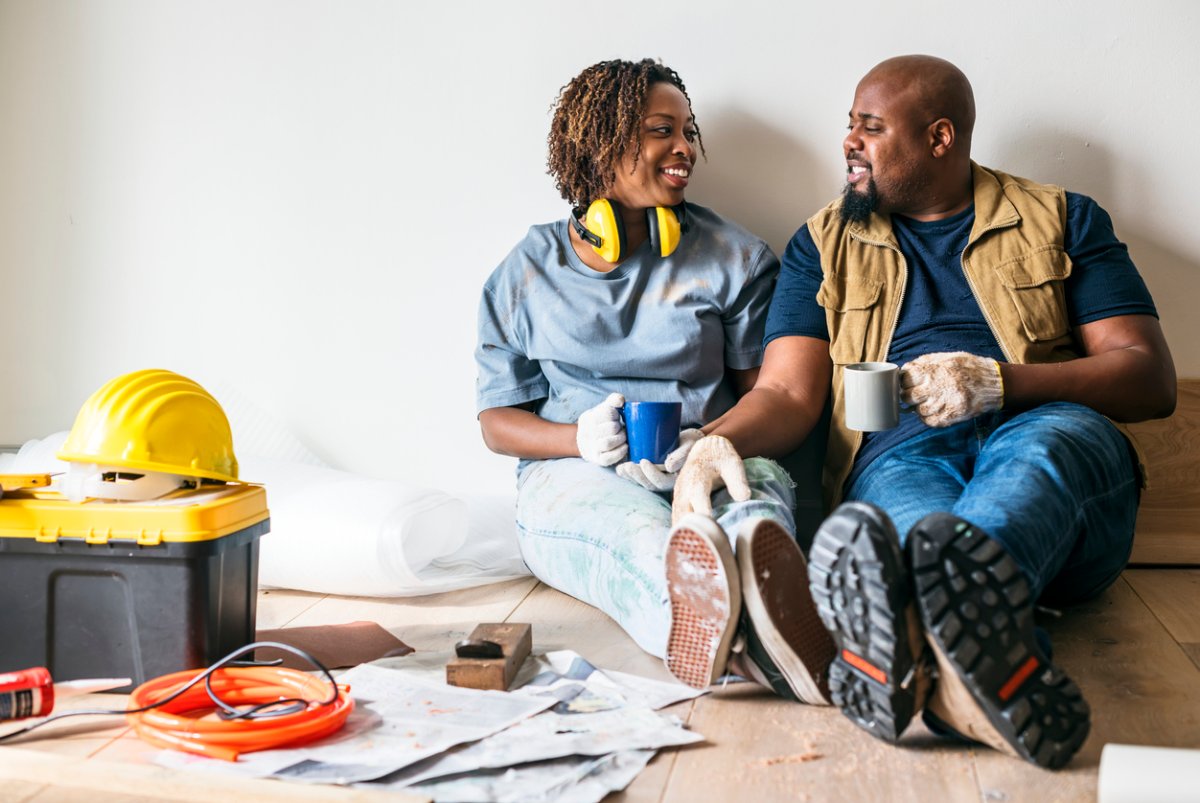We may earn revenue from the products available on this page and participate in affiliate programs. Learn More ›
You’ve doubtless heard the mantra of “Location, Location, Location” as the defining factor when buying a home and knowing how much to pay for it. The same advice holds when it comes to renovating one, as well. You should always renovate according to your neighborhood and the local comparables. If you fail to heed the data, you could be throwing money out of your newly installed wood-framed windows. Let’s delve deeper.
1. You Have the Most Leeway With a Personal Residence
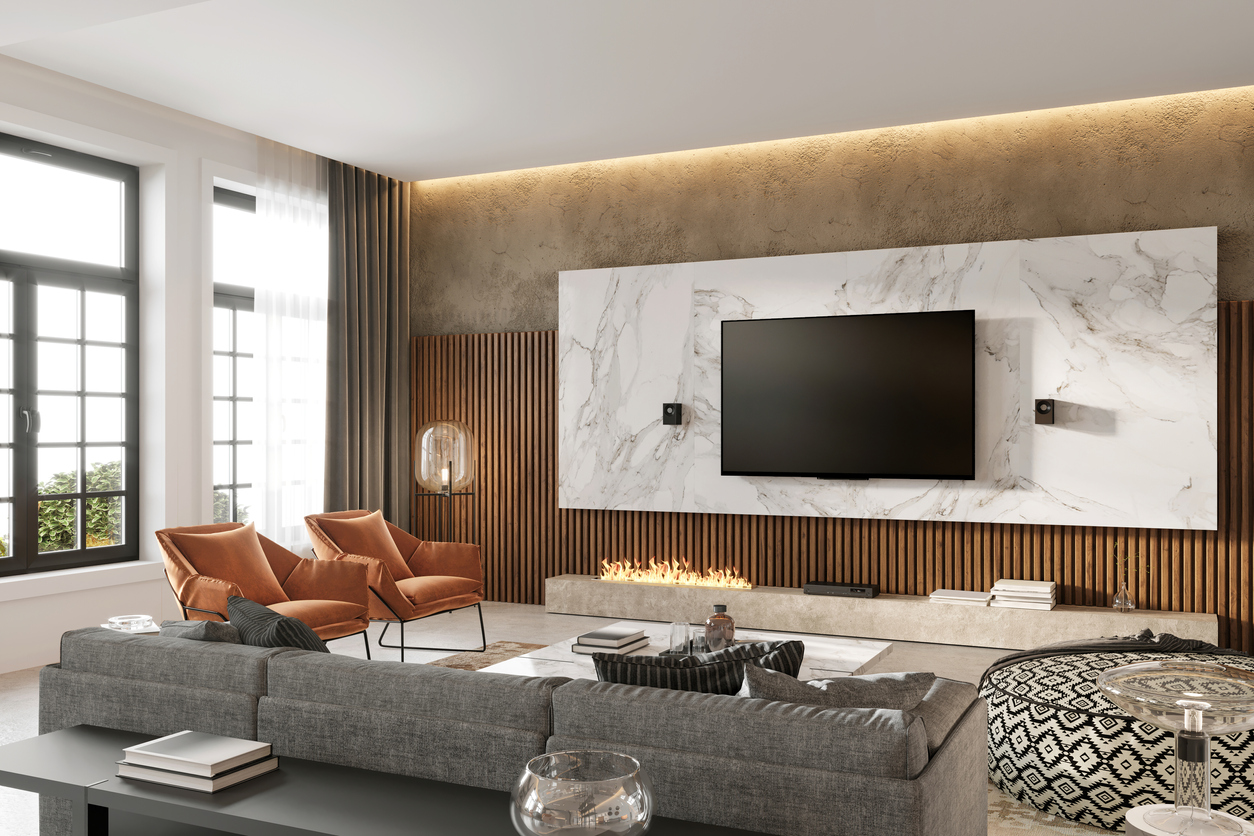
When it comes to your personal residence, you generally have the most leeway in making home improvements. After all, you live there, and if you want to imitate the most extravagant home from a design magazine with brocaded wallpaper, a La Cornue range, and a basement screening room with stadium seating, that’s your business. Don’t expect to be able to charge more than the local market comps, though, if you choose to sell it—or greater than the neighborhood rents, should you decide to lease it.
Also, you might have to re-renovate to appeal to the broadest swathe of buyers should you later sell. Unique personalization will not help you sell your home. So the brocaded wallpaper, mounted deer heads, Metallica mural and similar unique touches you loved about your home will have to go. Make it a breezy, appealing blank canvas with light colors and quartz or granite instead of marble.
RELATED: Will That Renovation Really Increase Your Home’s Value?
2. Upgraded Appliances Bring Limited Returns

Homeowners generally get the most bang for their buck in renovations of kitchens and baths. Finished attics or basements and home offices are also worthwhile investments. Some investments, however, make less sense. While renovating your kitchen, it’s easy to go appliance crazy and see no returns for the money put into those new appliances.
A $1,000 refrigerator looks similar to a $10,000 one, and they both do the same job. Buyers usually won’t notice much of a difference, and renters will care more about energy efficiency. So, it might make sense to update old appliances, but before splashing out thousands on top-of-the-range models, check the local comps and budget accordingly.
RELATED: 12 Energy-Efficient Appliances That Will Save You Money
3. Choose Cheaper Materials That Look Expensive
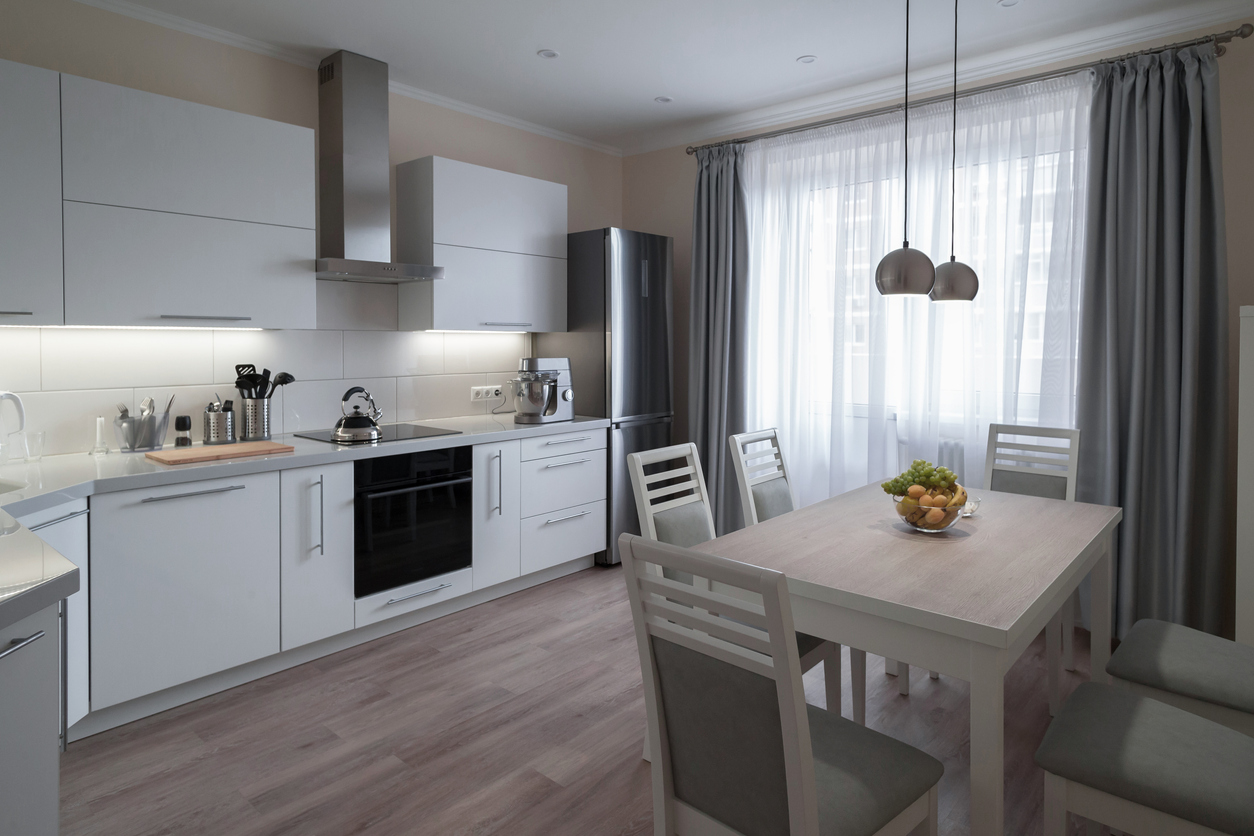
It’s possible to achieve a high-end look with a mid-priced budget. Quartz countertops have a fairly uniform price and always look good. Vinyl plank flooring, when chosen wisely in lighter beachy tones (not the streaky gray look), mimics trendy white oak well without having to shell out more money for hardwood and its installation.
Cabinets also can be made to look like they cost more than you paid. Refinishing, repainting and adding new hardware can look good instantly. If your cabinet fronts are old-fashioned, buying new fronts and then staining or painting them is a less-expensive alternative to purchasing all new cabinetry. It will add the “wow factor” without the expense of brand-new cabinetry.
RELATED: 8 Inexpensive Building Materials That Don’t Look Cheap
4. Watch Interest Rates to Know How to Price Your Home

Another factor to bear in mind with high interest rates in the housing market is having awareness of what buyers can afford. A flipped house that sold a year ago for $400,000 might have had a mortgage payment of $1,800 a month. Today, the same house might carry a mortgage of $2,800, which means having to sell for less. This will require paring your renovation budget to still make a profit.
Repairing rather than replacing windows, and refinishing cabinets, tiles, and fireplaces are just some ways flippers can cut costs to keep in the black. Simple upgrades such as new garage doors, painting inside and out, new guttering, and landscaping are affordable but have a dramatic effect that can influence the sales price.
5. Rentals Require Sensible Upgrades

Rising interest rates have forced many would-be homeowners to keep renting, consequently forcing up rents. It also means that landlords don’t have to spend quite as much on improving their homes and apartments to keep them fully occupied at market rents. Location is, of course, another big factor.
Generally with rentals, improvements don’t need to be as expensive as those in sold residences and flips. Landlords should spend their money on plumbing and cosmetic upgrades (kitchens, baths, flooring, and painting) to ensure against water damage or other upkeep and make the unit presentable. Spending extra cash on tiling, baseboards, or fancy fixtures is often money down the drain.
5. Renovate Rentals For Long-Term Cash Flow
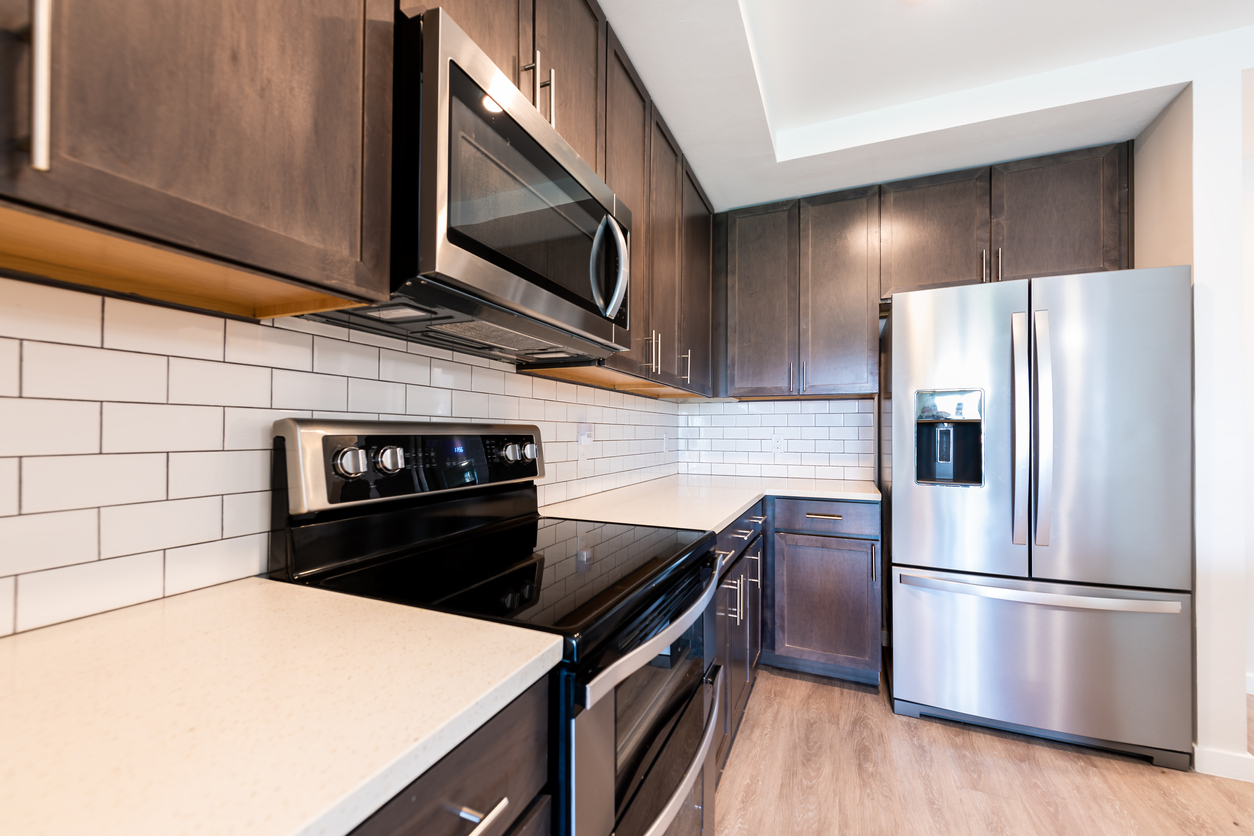
Many first-time landlords make a mistake by over improving a rental property or improving it as if it were a personal residence. Rentals need to be hard-wearing, since many tenants don’t respect rental care as they would in their own homes. When tenants leave, the landlord needs to turn the property around quickly to keep income flowing.
Homeowners who plan to move to another home and rent out their first should improve the home enough for a nice appearance and easy upkeep. Here are four essential cost-effective renovations to consider for rental properties:
- Choose easy-care flooring such as vinyl plank, which is hardwearing, waterproof, and easy to clean. Stay away from carpet, which looks good for the first week but could need replacing after each tenant.
- If you’re going to spend a little extra, use some of the money to get a reliable, durable toilet. Landlords spend a lot of money on repairing blocked or leaking toilets. Invest in a model with a powerful flush.
- Expensive gas ranges are championed by celebrity chefs but they are a fire hazard in a rental. Induction ranges are a better investment, since they are fireproof. You might even save some money on insurance.
- Investing in a garbage disposal unit saves clogged drains and plumber visits.
RELATED: 10 Flooring Surprises That Look Like Other Flooring
6. Market Conditions Have a Big Impact
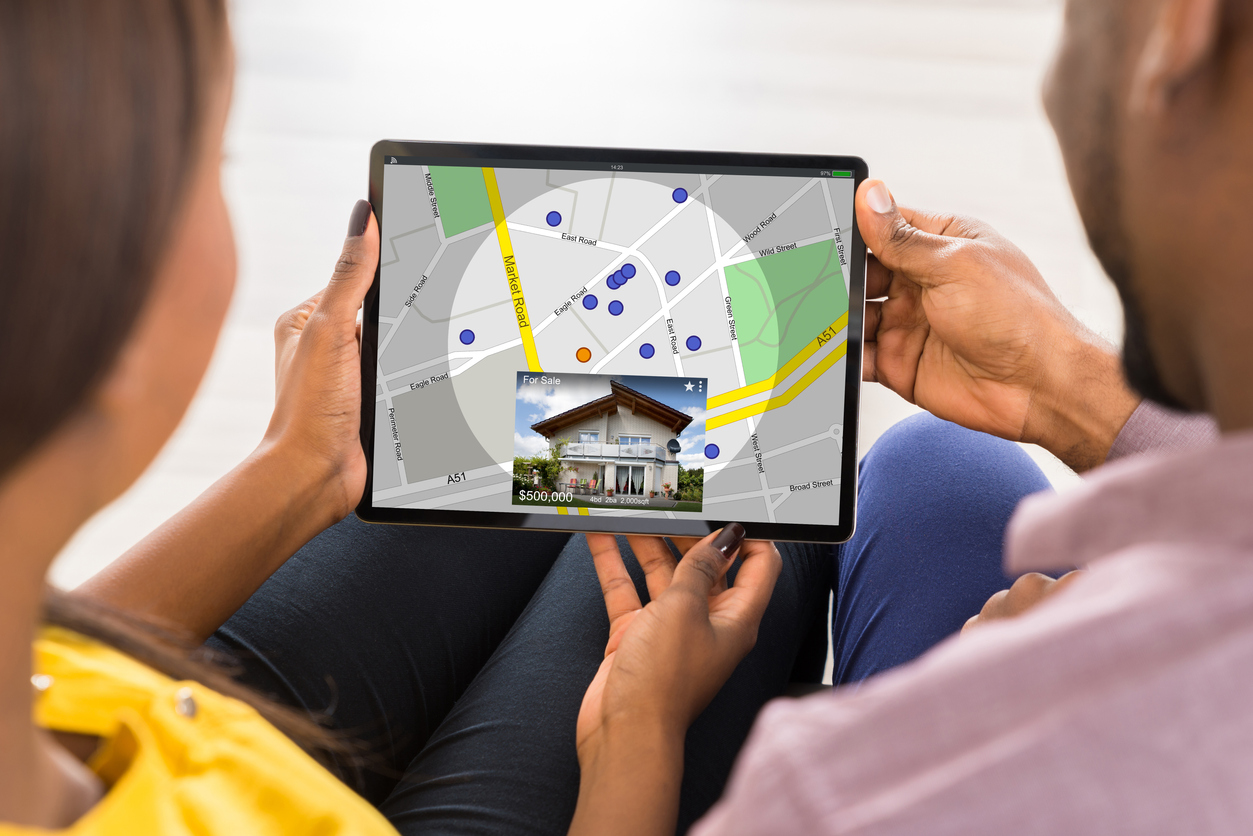
Under improving or over improving any home can hurt a seller or landlord financially. When renovating, bear in mind market conditions and the competition. Post-pandemic through the first half of 2022, renovations on personal properties intended for sale were insignificant due to the lack of inventory and low interest rates, which created multiple offers and bidding wars, regardless of a home’s condition. Further, a home can only appraise for what the market will stand. A high-end renovation will not necessarily lead to a higher appraisal than an average renovation if the area or market won’t support it.
Over improving a flip home can hurt the seller in a market where margins are tight, such as the 2023 market to date. Buyers face a ceiling on what they can afford and receive approval for. If you over improve with the expectation of receiving a higher offer, you might take a loss, as many flippers who started their renovations in a frothy market are now having to do.
7. Ignore AC at Your Peril
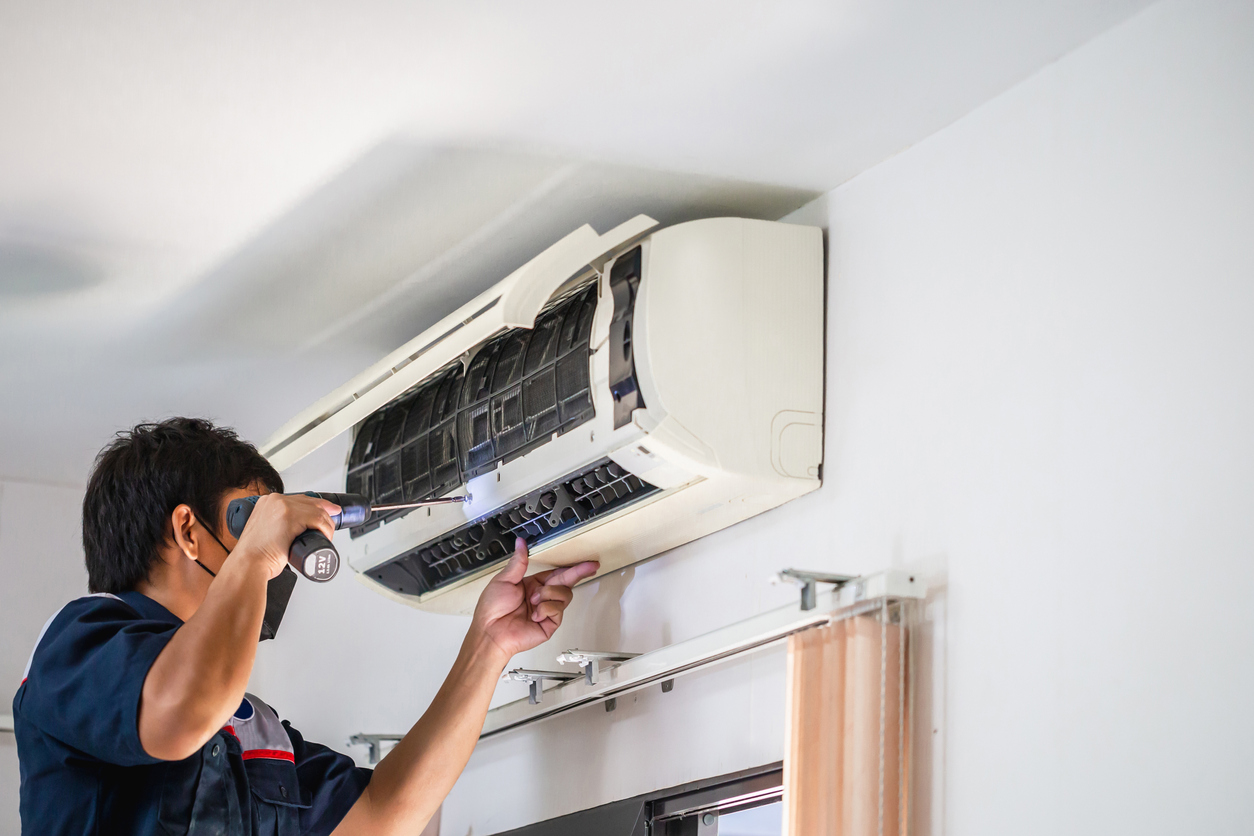
If you’re a house flipper, the budget is everything. In a tight market, you have to choose your renovations wisely. However, air conditioning is something you can’t skimp on. Increasingly hot summers have made central ACs a must in every state. Expecting buyers to make do with a portable window unit or invest in their own HVAC system is not practical.
If you own an older home, there’s no need to go to the expense of new ductwork and an expensive AC system. Mini split ductless systems are cost-effective and easy to install.
8. Unnecessary Over Improvements
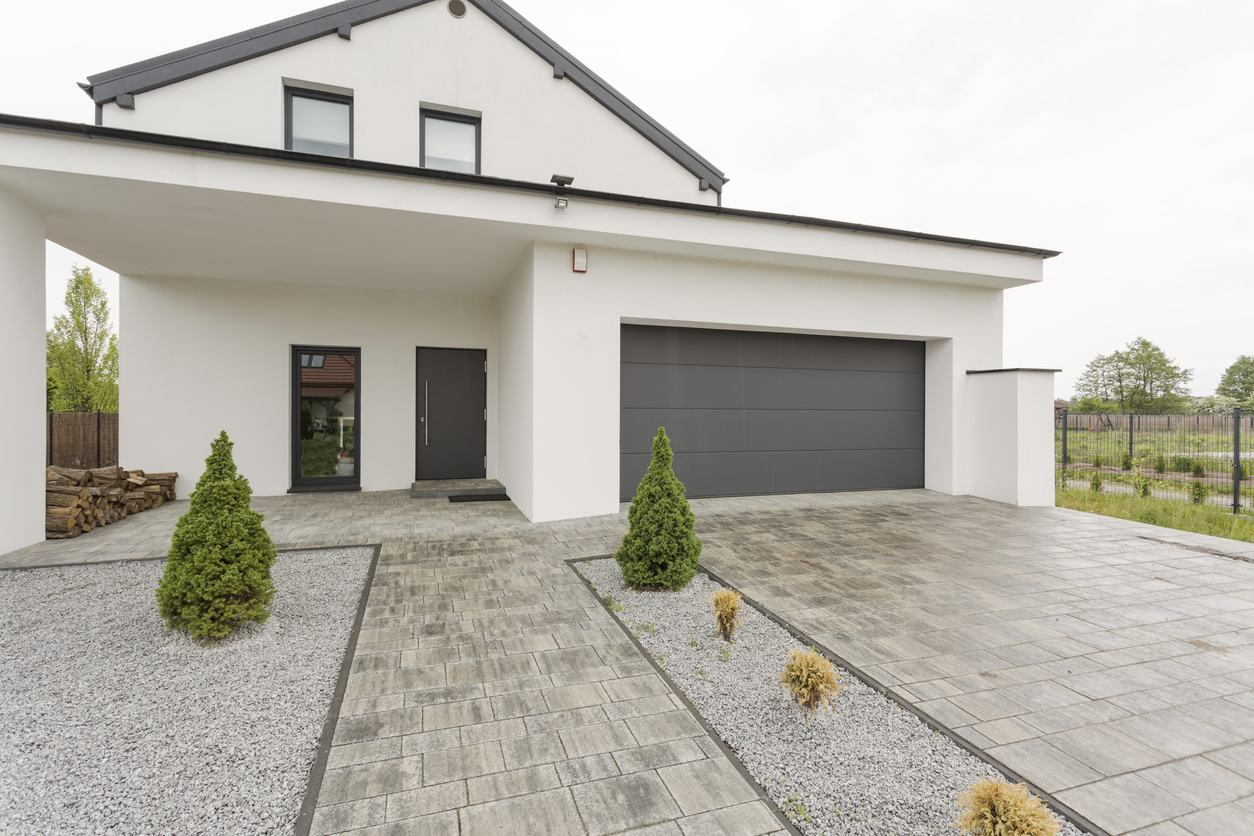
Some improvements will not add anything to the resale value of a home. In addition to appliances, here are two more unnecessary improvements:
Stone/patio or walkway: Stone patios and walkways look good but can be costly to install without affecting the resale price much. If you want to beautify your home’s exterior, choose stamped and stained concrete, interlocking deck tiles, faux grass, or gravel. They are attractive, not too pricey, and you can probably handle the project yourself.
Tiled shower floors: If you want to make sensible savings on your flip, use a one-piece shower pan instead of hiring a tiler. One-piece pans have become increasingly stylish and easy to install. Having them in your home will not affect its sale price.
RELATED: 13 Outdoor Upgrades That Make Your Home More Valuable
9. Home Car Chargers Will Be Increasingly Important
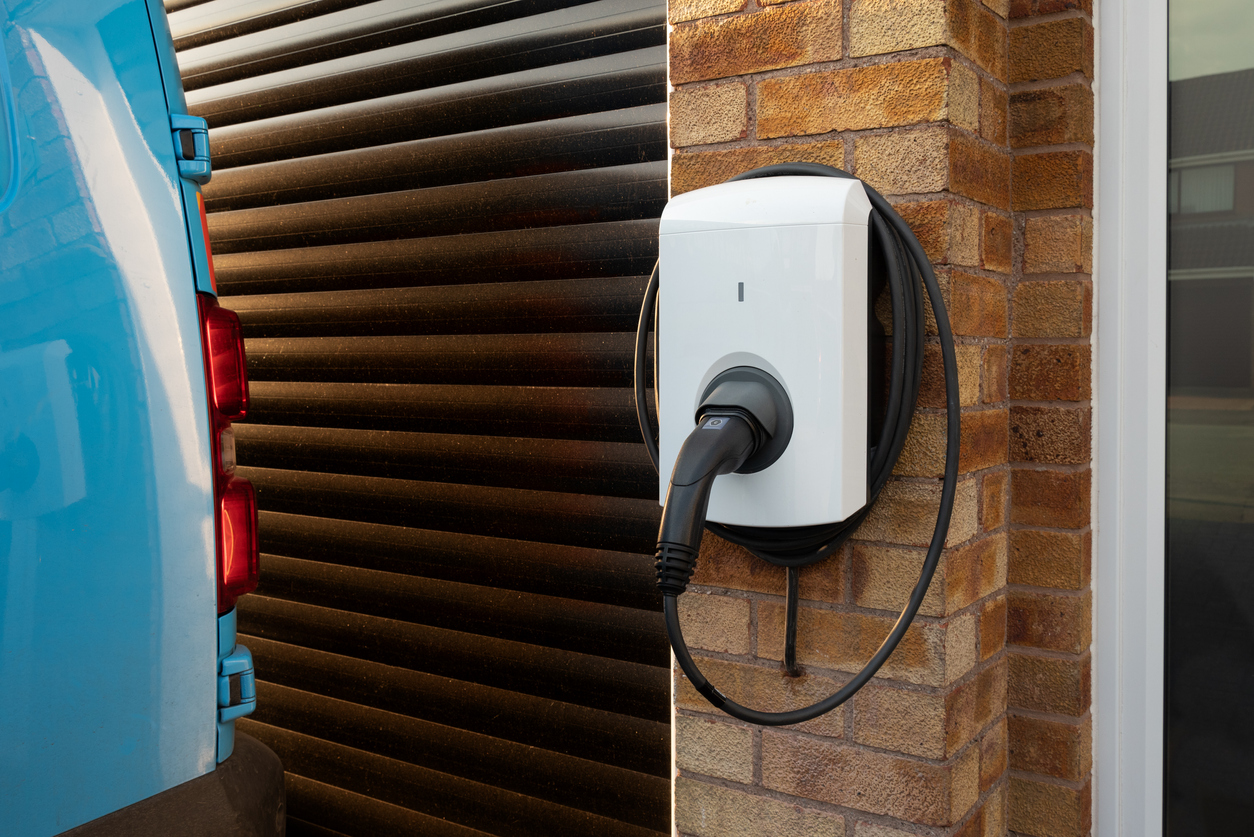
Although adding solar panels to show your eco-friendly credentials might not guarantee return on investment when selling your home, they can add value. Adding a home car charger also might make a home sell faster. As the world shifts from gas-fueled to electric vehicles, having a pre-installed, prewired, Level 2 home charger included with house flips and resale homes will be increasingly important. The new homeowners will not have to endure the expense and hassle of installing chargers.

